Whether you are new to NFTs or perhaps you’ve bought some of your own, you’ve likely heard of gas fees. These fees aren’t only expensive at times, but they can be quite annoying since they change by the second. So, what are NFT gas fees, and why are they necessary?
NFT gas is a fee that’s paid to validators to keep the blockchain secure. Without gas fees, there would be little incentive for validators to stake their ETH and keep the network secure. All blockchain transactions incur a gas fee including minting, buying, selling, and transferring NFTs and crypto.
Below you’ll learn all there is to know about this nuisance of a fee.
What’s an NFT Gas Fee?
Gas fees are payments that users have to make to compensate for those who stake their ETH to become validators and process transactions on a blockchain. This is very much like the processing fees credit cards may charge for transferring money to various accounts or for paying bills.
Most commonly, NFT gas fees are mentioned when talking about the Ethereum blockchain. Currently, the Ethereum blockchain has some of the most expensive gas fees, ranging anywhere from $5 to $500+ depending on the type of transaction and the demand on the blockchain.
Ethereum uses what’s called a proof of stake (PoS) consensus mechanism. With this mechanism, validators stake capital in the form of ETH into a smart contract on Ethereum to become validators so they can ensure the network remains secure.
So, why are transaction fees paid to validators on Ethereum? Ultimately, it’s their reward for securing the blockchain network. Without these fees, there would be few reasons to stake ETH and become a validator.
That said, the total transaction fee is equal to the gas limit times the gas price at that moment. Total Transaction Fee = Gas Limit * Gas Price
If the transaction fee is equal to the gas limit, your transaction will be executed and the entire blockchain will be updated.
If the transaction fee is greater than the gas limit, the transaction does not go through and is reverted. If you have a large contract and you are trying to execute it quickly, then the gas price can be very high.
Conversely, if you wait for the transaction to take its time the price can be lower.
How Are Blockchain Gas Fees Calculated?
When it comes to determining the price of NFT gas, it’s similar to how we determine the price for most things in the world.
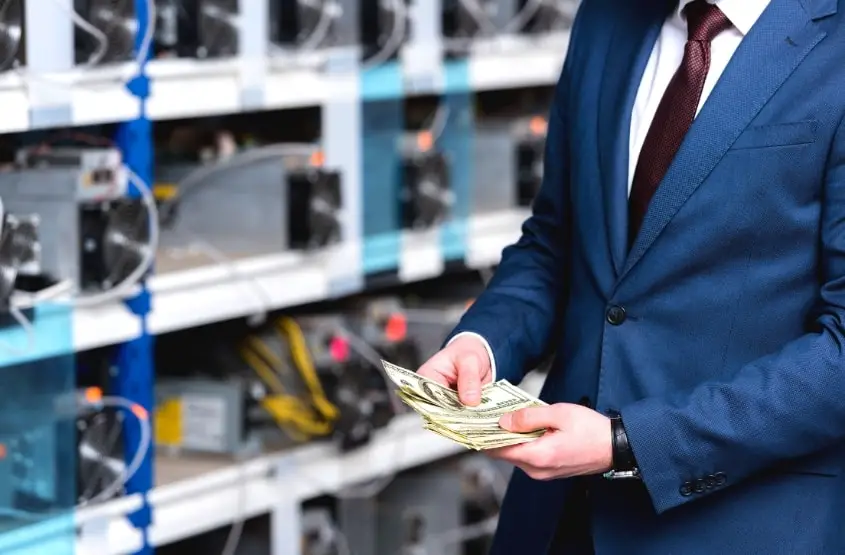
Gas fees are calculated by the supply and demand between the blockchain’s miners. The exact formula for Ethereum gas equals; Gas units (limit) x (Base fee + Tip). This can be calculated as 21,000 x (100 + 10) = 2,310,000 gwei or 0.00231 ETH.
If there is high demand for transactions, this requires more miners to complete complicated algorithms creating more work and energy consumption; hence increasing the gas fee. If the gas price does not meet the threshold power, miners can choose to not process the transaction.
Every transaction on the Ethereum network costs gas. Gas on the Ethereum network has been assigned a market price based on the demand for resources in the network at a particular moment in time.
This is done to ensure that there is efficiency in the network and there is the best use of computational power. The main criteria for gas expenses will depend upon the size of the contract you are trying to execute as well as the speed at which you want that transaction to be completed.
As a network experiences higher traffic it will be more expensive to transact. These fees are credited directly to the validators. This is to compensate for their work which verifies your transaction and ensures that it goes through.
What Is Gas Fee Limit?
The gas limit refers to the maximum amount of gas you are willing to spend on a transaction. A higher gas limit generally means that your transaction has priority over others who submitted a lower gas limit.
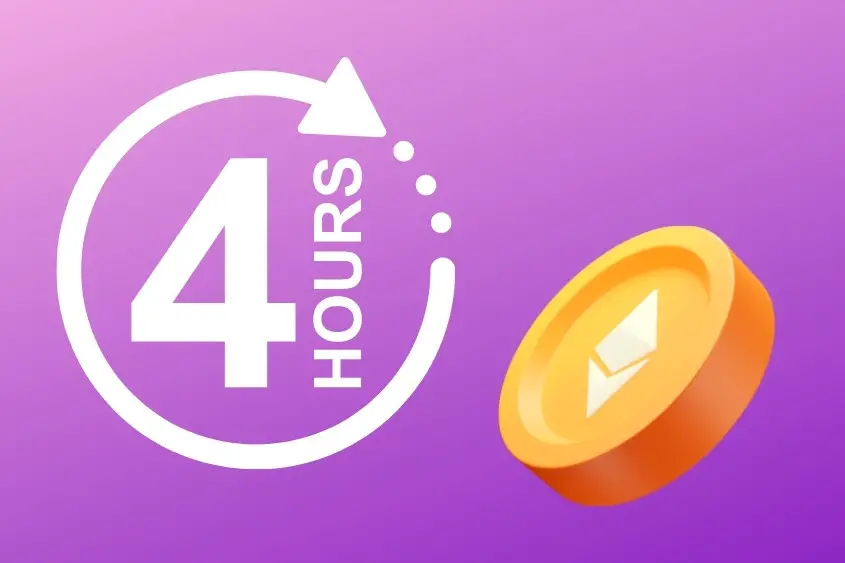
You can decide the maximum amount of gas you want to spend on a transaction. This means that you can set a limit on the gas price you want to expend and wait until it reaches that limit.
This ensures that you have some control over the transaction expenses. If you are willing to wait then the transaction will get processed when the limit you set has been reached.
Why Does an NFT Need Gas?
NFTs require a gas fee to incentivize blockchain validators to stake their ETH to validate the transaction and enforce security. If there are no incentives, then don’t expect miners to expand their computational power to run smart contract operations. No one will do it out of goodwill.
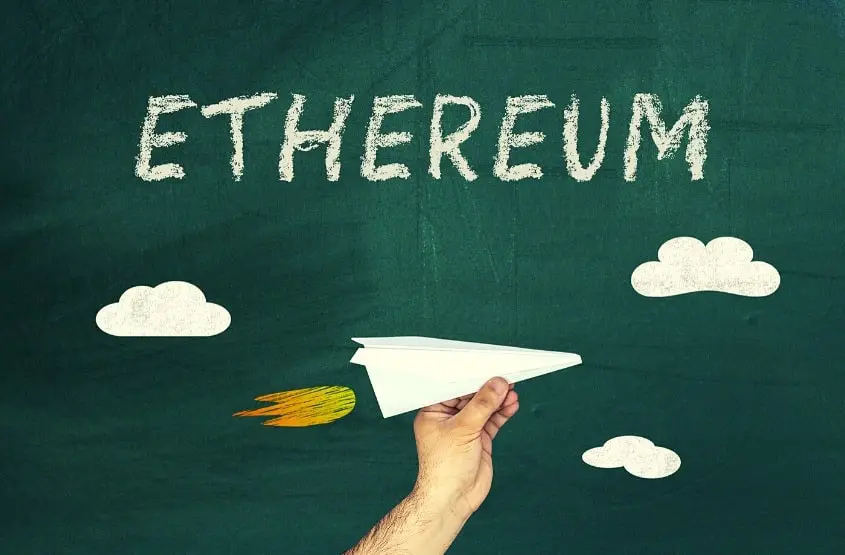
Essentially, gas fees are necessary to keep the blockchain safe and functioning correctly. Without gas fees, there would be zero people willing to put their own ETH on the line to validate and execute these transactions.
Where to Check Ethereum Gas Fees?
You can easily check the current price of Ethereum gas using Etherscan.io. This tool will tell you the estimated cost of transfers and interactions on the Ethereum blockchain. Also, you can see the top 50 addresses that consume and spend the most gas.
Why Is This Fee a Problem?
Gas is the price you pay to create, buy, send, and sell NFTs on the Ethereum blockchain. However, this has caused many issues for aspiring creators and collectors.
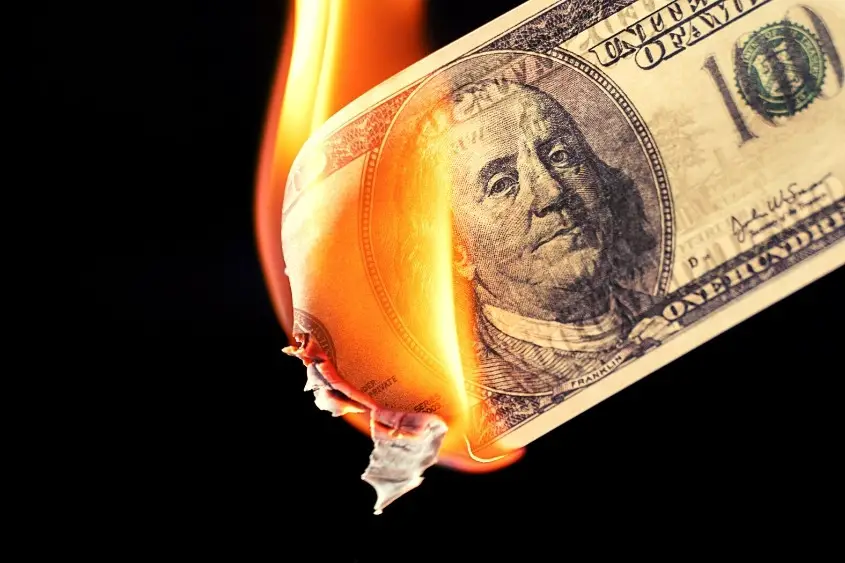
When gas prices are high it becomes difficult for creators to mint and list their work. Since gas prices differ from the actual valuation of NFTs, costs may be much more than the actual cost of the assets they’re selling.
It’s not just the sellers, buyers also face issues with gas prices. Buyers have to pay for gas whenever they place an order or cancel one. Actions such as making a purchase or transferring an NFT to another wallet will incur this fee.
New sellers on the platforms are usually unaware of this and end up not earning much or even losing money on their transactions. If the gas is not adequate then the transaction will get reverted and you will get charged for that as well.
How to Avoid NFT Gas Fees
Below are several methods you can use to reduce NFT gas fees.
Transact when network demand is low
Transact either very early in the morning or late at night when there is less demand on the network. That said, this is dependent on what time zone you’re in. Use a tool like Ethereum Gas Price to find out the best time of day to mint.
Set your own gas limit
By changing the maximum GWEI fee using your wallet, you can literally choose how much your NFT gas fee will be, or rather, the price you’re willing to pay. You can change the GWEI limit when you go to complete a transaction.
By selecting ‘Edit’ in your wallet, you are able to change the Max fee (GWEI).
Notably, the transaction won’t go through until the higher gas fees drop to whatever limit you set. That said, it can take a while. The transaction will remain pending in your wallet until it’s complete.
Moreover, as long as you have a pending transaction, you aren’t able to start another one. Also, if you are trying to mint an NFT quickly or send something instantly, this is not the best option as it could take a long time for the transaction to go through.
Edit your transaction priority
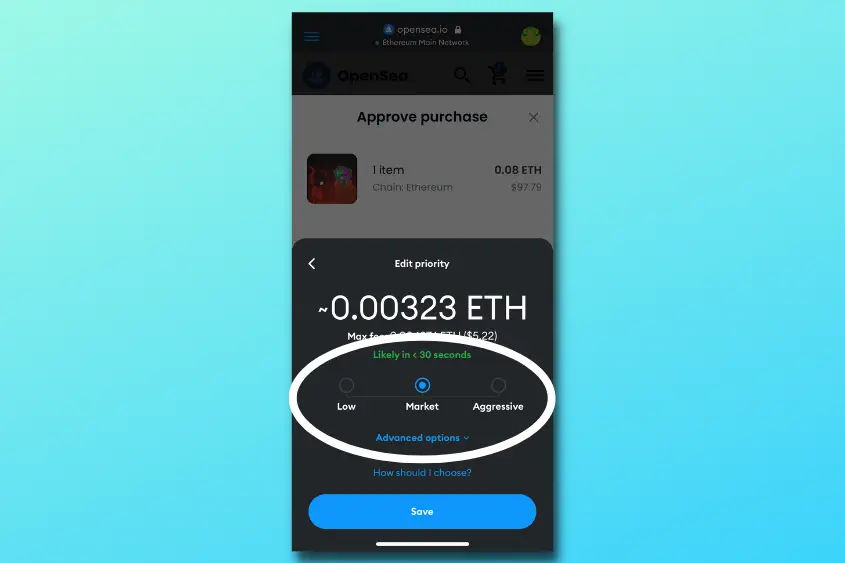
One of the easiest ways to reduce high gas fees is by editing your transaction’s priority. Upon checkout, you can edit the priority to Low, Market, or Aggressive. Low being the least expensive (and slowest) and Aggressive the most costly (and quickest).
This method is best used when demand on the network is already low and you just want to go with the cheapest option. Choosing Low when the network is busy could actually result in the transaction not going through, and you still end up paying the fee.
Explore Ethereum layer-2
Layer-2 is used to help scale an application by processing transactions off of the Ethereum Mainnet (layer-1) while still maintaining the same security measures and decentralization as the mainnet.
Utilize another blockchain: Although this might not be the best choice, you buy and sell NFTs from blockchains that have lower gas fees or no fees at all. Some examples include Cardano, Solana, and the Wax blockchain.
What Is Gasless Minting?
Gasless minting allows creators to deploy NFTs onto a platform without paying for the blockchain gas fee up-front. Rather, the fee is deducted at the time of sale and enables creators to mint their NFTs for free. This is achieved by not publishing any data to the blockchain until an item is sold.
Many NFT platforms have come to realize that not everyone is willing or able to pay for gas, especially if you are new to creating NFTs. That’s why some of the most popular NFT marketplaces have implemented gasless minting.
Below are marketplaces that offer gasless minting for NFTs.
- Opensea
- Mintable
- Rarible

38 thoughts on “NFT Gas Fees Explained (+ How to Reduce the Cost)”
Comments are closed.